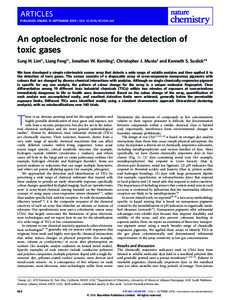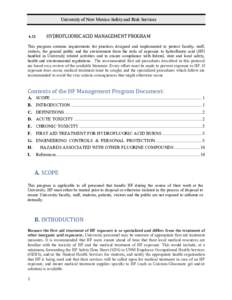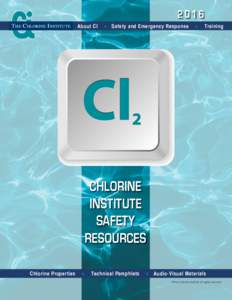<--- Back to Details
| First Page | Document Content | |
|---|---|---|
 Date: 2010-02-18 17:40:57Industrial gases Gaseous signaling molecules Refrigerants Pulmonary agents Biotechnology Immediately dangerous to life or health Ammonia Hydrogen chloride Sulfur dioxide Arsine Biosensor Chlorine |
Add to Reading List |
 ARTICLES PUBLISHED ONLINE: 13 SEPTEMBER 2009 | DOI: NCHEM.360 An optoelectronic nose for the detection of toxic gases Sung H. Lim1†, Liang Feng2†, Jonathan W. Kemling2, Christopher J. Musto2 and Kenneth S. Su
ARTICLES PUBLISHED ONLINE: 13 SEPTEMBER 2009 | DOI: NCHEM.360 An optoelectronic nose for the detection of toxic gases Sung H. Lim1†, Liang Feng2†, Jonathan W. Kemling2, Christopher J. Musto2 and Kenneth S. Su



